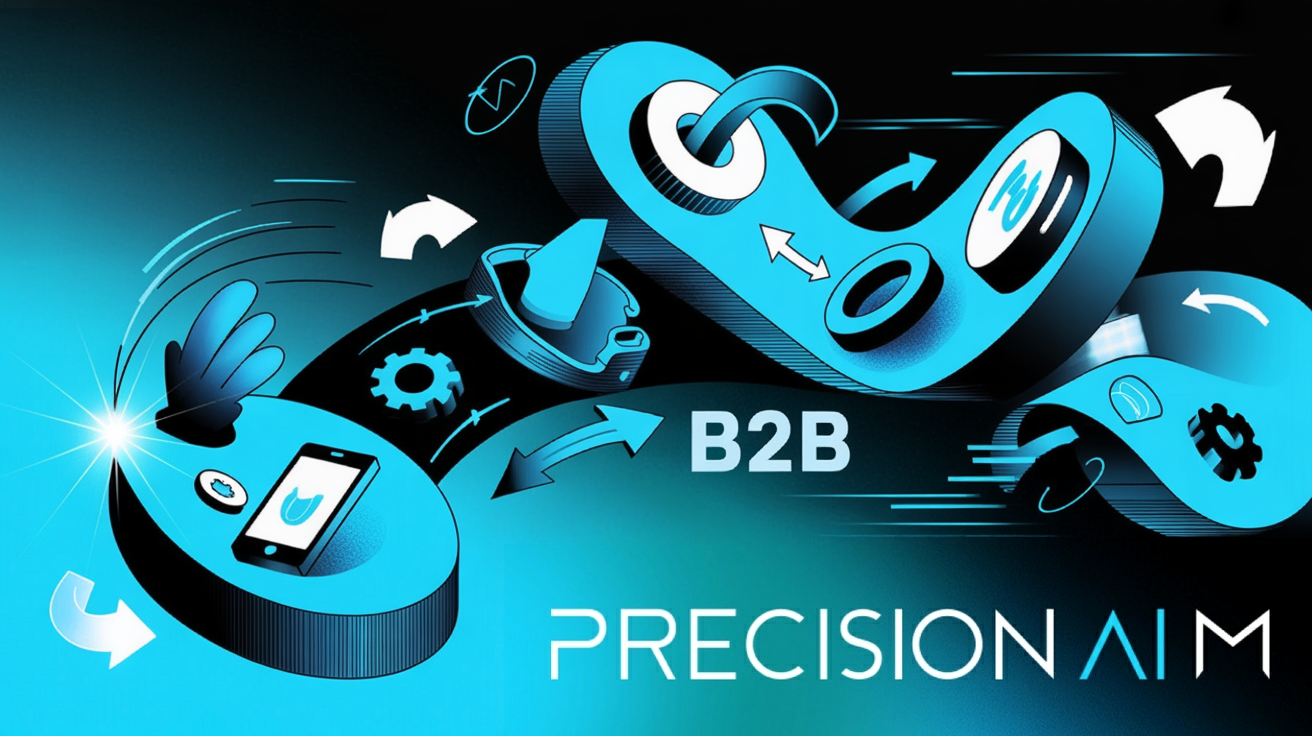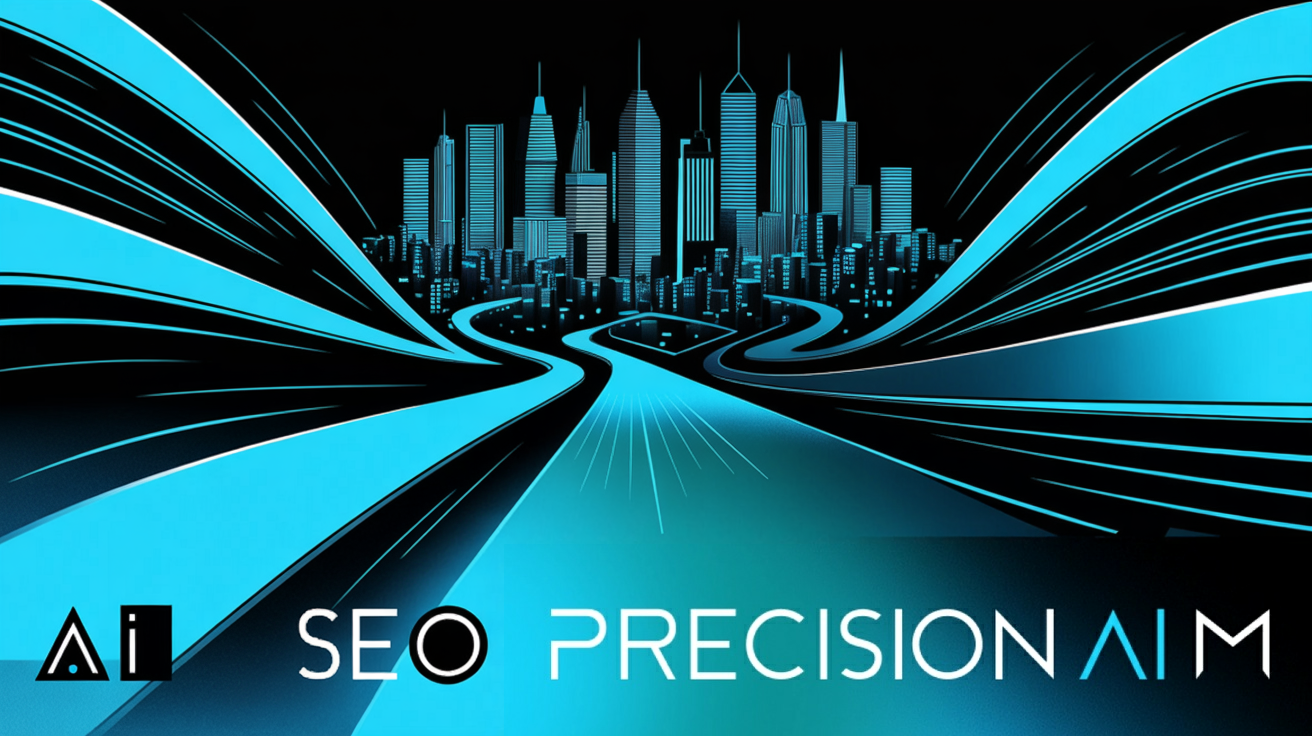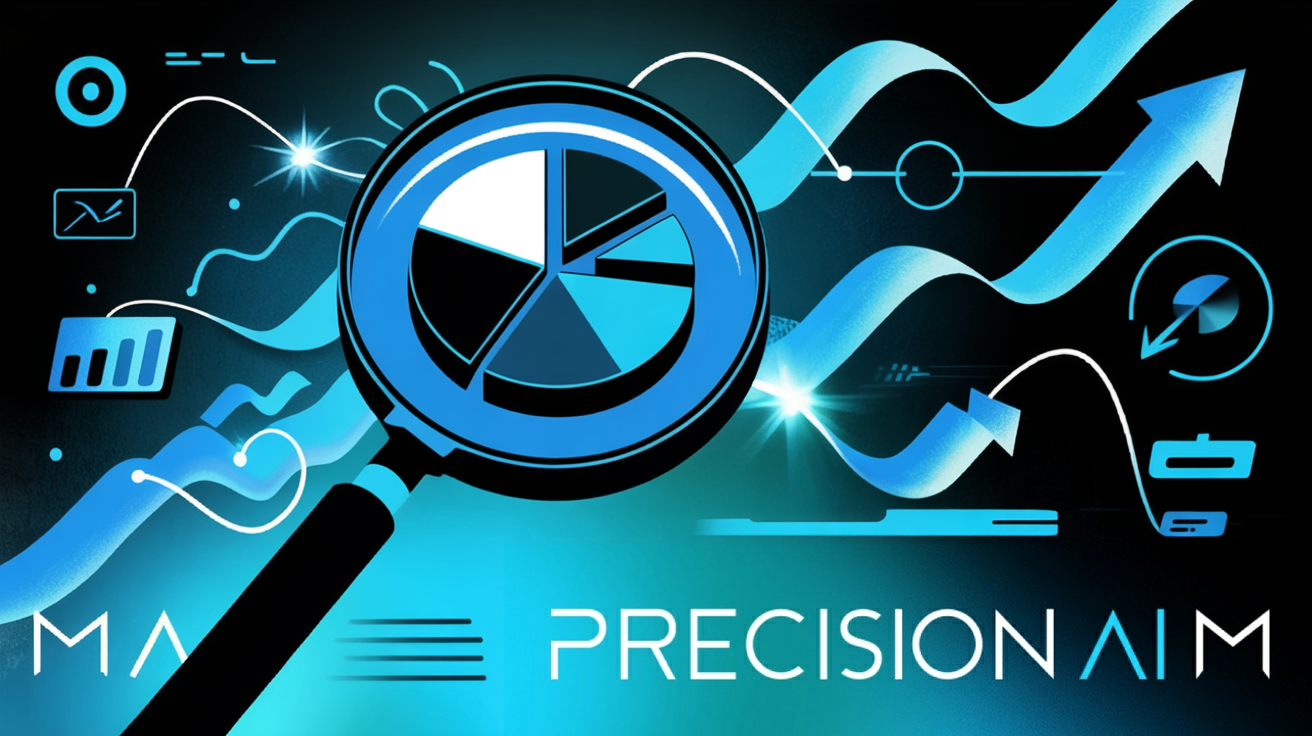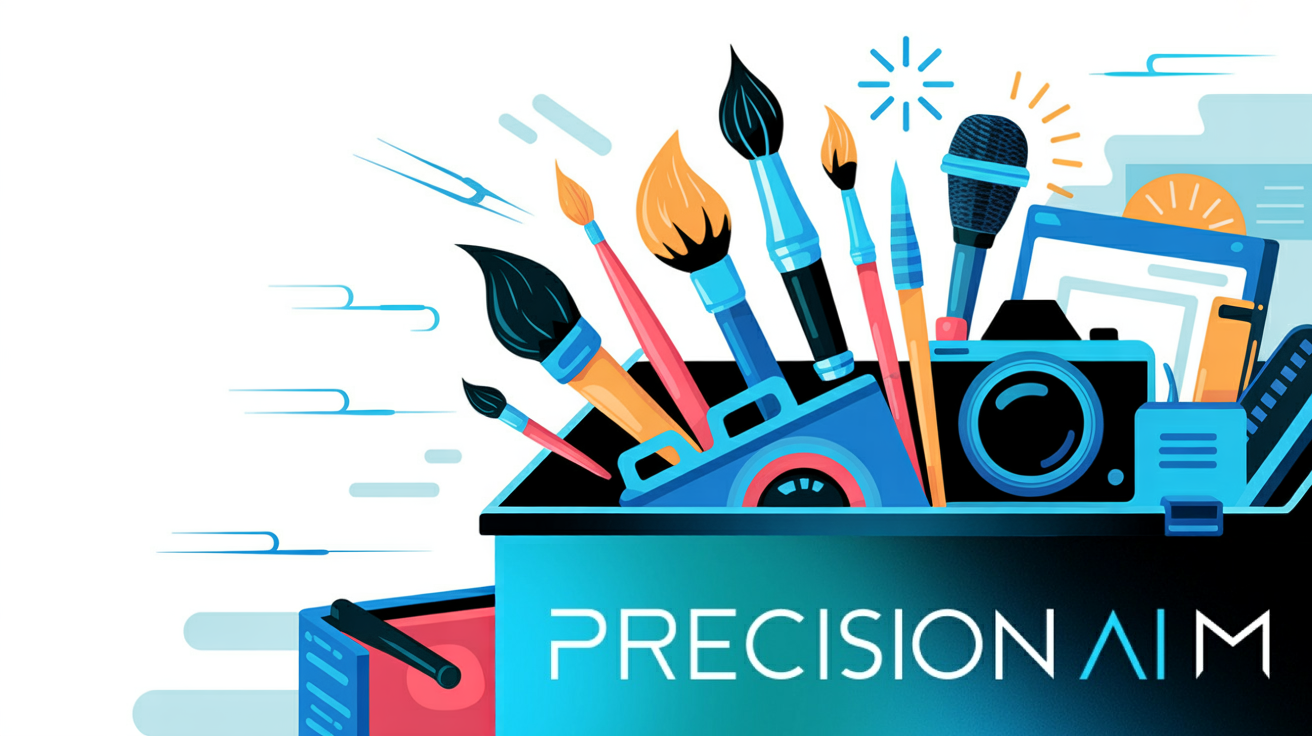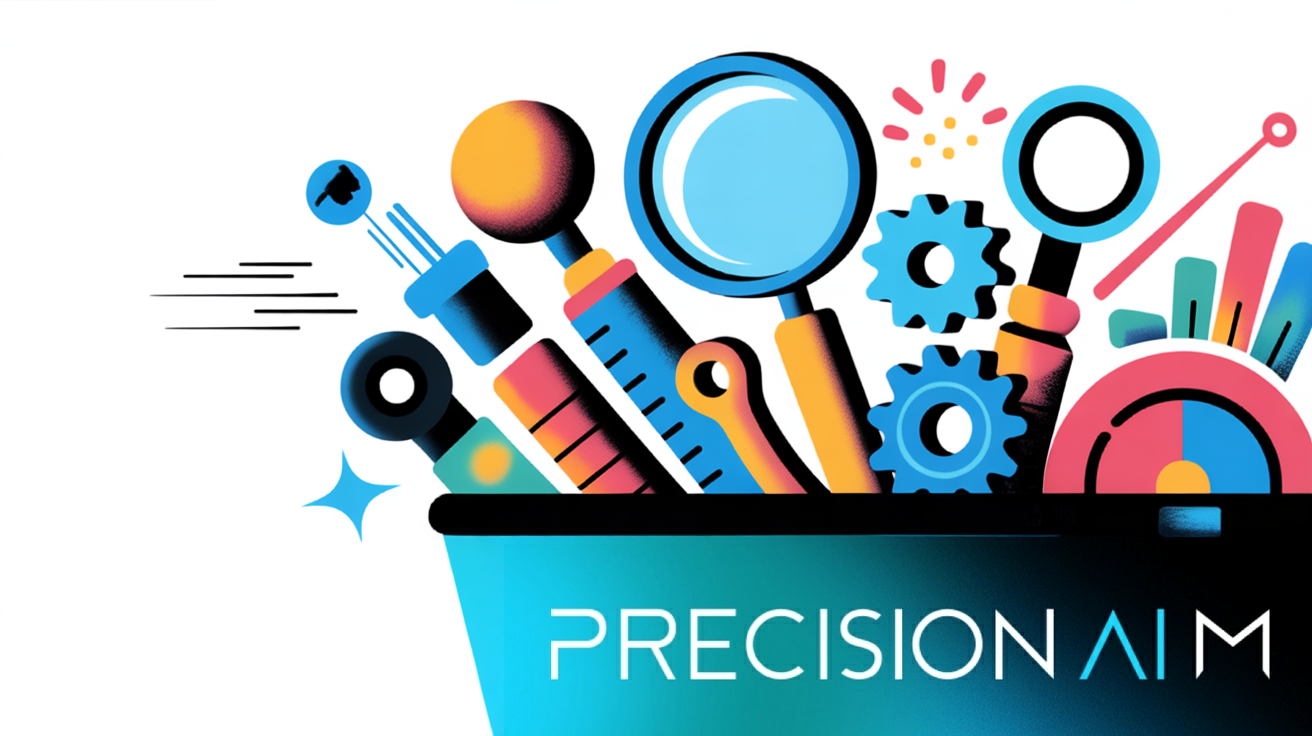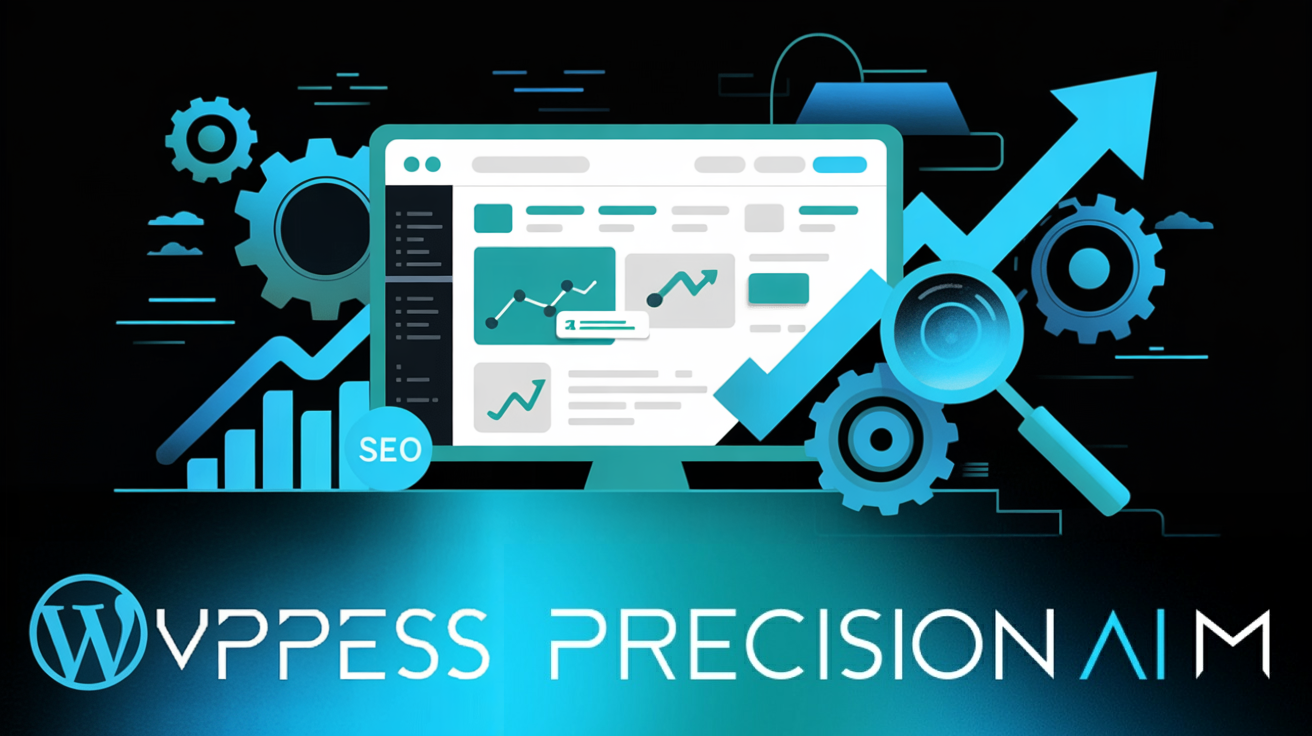What are distribution channels for B2B content marketing?
Defining B2B content distribution channels
B2B content distribution channels are the routes businesses use to deliver material—articles, webinars, videos—to decision-makers at other companies. Each is a vital touchpoint, letting business audiences discover and engage with content that shapes their purchasing decisions.
In B2B, buyers aren’t waiting passively. They proactively research and compare options across an array of platforms. If your content isn’t visible where they look, you’re missing the conversation entirely.
What ‘distribution channels’ mean in B2B marketing
So, what are distribution channels in this space? They’re the mix of platforms and strategies that put your content in front of the right audience. One blog post or social update won’t move the needle—B2B marketers combine channels to reach both leads and loyal audiences within their market.
Common distribution types and content formats
Let’s get specific—what kinds of channels are we talking about?
- Owned Channels
Website, blog, email newsletters, LinkedIn page, webinars - Earned Channels
Guest articles, media mentions, partner referrals, social shares - Paid Channels
LinkedIn ads, display ads, sponsored content, influencer partnerships
The formats are just as varied—think articles, guides, infographics, videos, podcasts, events, and downloadable tools.
| Channel Type | Description | Examples |
|---|---|---|
| Owned | Directly controlled by your team | Website, blog, email, LinkedIn, webinars |
| Earned | Third-party amplifies your voice | Media mentions, guest posts, referrals |
| Paid | Reach bought via spend | LinkedIn ads, sponsored content, influencers |
Most B2B brands need a mix of all three types to get results.
Once you know your options, the trick is choosing the right combination—because that’s what sets strong content apart.
Why effective channel choice is critical
Pick wisely, and your content appears before the right people at the right moments. Choose poorly, and even great ideas are drowned out. The right blend does more than build visibility: it increases engagement and moves leads further into your pipeline.
Maximising reach and conversions
Using several channels in concert multiplies your results. LinkedIn updates paired with email newsletters and paid campaigns reach more people than any one alone.
A multi-channel approach—raising awareness on social, nurturing with emails, driving action with targeted ads—guides prospects at every stage. Mapping content to the journey is key: blogs or webinars fuel early awareness, while case studies or tailored emails help clinch the deal.
Types of B2B Content Distribution Channels: Owned, Earned, and Paid
Owned Channels
Owned channels are your digital home—website, blog, email, or branded community—places where you shape every message and choose what audiences see and hear.
With this control, you can foster trust, nurture leads, and develop authority. A regular newsletter keeps relationships warm. Frequent blog posts showcase your expertise. Branded LinkedIn groups or forums invite richer interaction.
Yet, it’s not instant. Building reach on these platforms takes time, and you’re mostly talking to people already in your circle or those searching for answers you provide.
Strengths
- Full Content Control
You set every detail—message, timing, style. - Cost-Efficient Growth
Your own audience reduces future spend. - Easy Data Integration
Analytics and automation blend naturally.
Limitations
- Slow Audience Growth
Most visible to people who know you. - Limited New Reach
Organic discovery can be a slog. - Constant Content Need
Stale updates lose engagement.
Consider a UK software firm sending monthly newsletters and posting on its blog. It keeps clients close and its reputation strong.
Earned Channels
Earned channels mean other people—media, influencers, customers—spread your message. Suddenly, you have wider reach and instant credibility, because it’s not just you making the claim.
The upside is huge: get published in Marketing Week, or have an industry leader mention you on LinkedIn, and doors open with new audiences. Trust builds fast when your content earns someone else’s stamp of approval.
But the process isn’t simple. You can’t dictate how or when you’re featured. Relationship-building takes steady effort and lots of patience.
Strengths
- External Credibility
Third-party endorsements inspire trust. - Viral Potential
Influencer shares or media coverage go far. - SEO Benefit
Backlinks support your search ranking.
Limitations
- Lack of Control
Timing and message aren’t yours to set. - Unreliable Scaling
Impact is tough to predict. - Relationship Cost
Needs ongoing network-building.
Picture your expert article in a top publication or an influencer praising your brand—that’s the earned channel in action.
Paid Channels
Paid channels offer fast, targeted exposure—LinkedIn ads, sponsored posts, banner ads—all aimed exactly where you choose.
You control timing, budget, and targeting—ideal for urgent campaigns or breaking into a new sector. But as soon as you stop investing, the attention drops off, and paid placements may seem less authentic than earned endorsements.
Strengths
- Immediate Reach
You’ll appear before the right people now. - Scalable Campaigns
Ramp up awareness as needed. - Transparent Results
Track every click and conversion.
Limitations
- Ongoing Spend
No more budget means no more exposure. - Trust Factor
Audiences can be sceptical of ads. - Targeting Demands
Poor targeting wastes money and goodwill.
Imagine a targeted LinkedIn campaign spotlighting your service to UK decision-makers—the impact is instant.
Emerging and Hybrid Channels
B2B distribution keeps evolving. Hybrid approaches mix owned, earned, and paid; think AI-driven syndication or co-hosted virtual summits with industry partners.
Key Benefits
- Unified Insights
Cross-channel analytics in one view. - Expanded Reach & Authority
Smart blends extend your influence. - Personalised Delivery
AI tailors your content for each user.
Picture hosting a virtual event with an influencer and using AI tools to share highlights—smart, integrated, and perfectly suited to today’s complex B2B landscape.
Choosing the right distribution channels for your B2B content marketing
Channel selection frameworks
Selecting B2B content channels isn’t just ticking boxes. It’s about strategic fit—lining up every option with the buyer journey, your personas, and what your team can actually manage. Mapping each channel to the buyer’s path means your message stands out, and you gain maximum ROI instead of scattergun exposure.
Funnel-fit mapping: awareness, consideration, decision
Let’s break it down. Early awareness calls for wide-reaching channels—LinkedIn updates, blog posts, podcasts, and digital ads. You’re going for visibility and engagement at this stage. When prospects hit the consideration phase, switch gears: webinars, guides, and nurture streams work wonders for answering tough questions and deepening understanding. At decision time, focus shifts again. Demos, real customer success stories, and personal outreach via email or CRM are what move the needle towards purchase.
Visualise a SaaS firm deploying LinkedIn video for broad reach, sharing webinars and whitepapers over segmented emails for richer engagement, then finishing with tailored demos and trustworthy testimonials.
Persona and audience alignment
Here’s where it gets tailored. Build your buyer personas—capture job titles, challenges, preferred content formats, and favourite platforms. Senior leaders might favour LinkedIn and industry newsletters. Meanwhile, managers may engage in webinars or niche forums. Track and adapt as feedback shows audience habits changing—staying flexible is key.
Resource-efficient selection (ROI-based, team size, budget)
Resources are the real test. Small teams or those watching budget perform best on owned and earned channels: blogs, newsletters, and guest articles offer valuable, cost-effective engagement. When spending makes sense, add paid channels like sponsored LinkedIn posts for precise, scalable impact. Teams with more capacity introduce automation and smart attribution, measuring which channels drive actual leads or conversions. Make every channel count with stage-specific KPIs—reach for awareness, downloads or engagement for consideration, and conversions for decision.
Clarifying key concepts: Mini-glossary
- Buyer Journey
The stages from initial discovery to final decision. - Persona
Profile of your ideal customer—role, pain points, and habits. - Nurture Stream
Content series that builds trust and readiness. - Attribution
Identifies which channels spark conversion. - Owned/Earned/Paid Channels
Owned (your space), earned (others amplify you), paid (advertising or sponsorship).
Criteria for channel evaluation
Audience demographics and roles
Start by pinpointing where decision-makers and influencers spend their time online. Platform analytics—LinkedIn and your own website—reveal who’s already engaging. No need to be a data expert; basic reports offer plenty to get started.
Content format compatibility
Don’t try to make every format fit every channel. Short videos and sharp infographics shine in LinkedIn feeds; whitepapers and in-depth guides excel over email or industry portals. Match formats to channels—videos for attention, webinars for depth, emails for action.
Performance history and analytic insight
Look at what’s worked before. Review channels that sparked engagement and leads, using attribution models—simple or multi-touch, depending on your setup. Track metrics such as downloads, site engagement, and marketing-qualified leads to make data-driven decisions.
Integration and scalability options
Prioritise channels that support automation, analytics, and easy scaling. Robust APIs and CRM compatibility make managing campaigns seamless. This sets your team up for larger, multi-channel efforts—so you’re ready when your B2B operation grows.
Optimising channel use across the buyer journey
Aligning channels to buyer journey stages
Getting your channels in sync with the buyer journey genuinely changes the game. It’s about showing up with the right message, just as your prospect realises they need it.
Most B2B journeys split into three core stages.
- Awareness
Buyers wake up to a need and start searching. Here, your goal is visibility and education. - Consideration
They compare options and look for insights. This step is all about nurturing trust and sharing expertise. - Decision
Buyers shortlist solutions, hungry for reassurance before choosing. Now your focus is to convert and support purchase.
As buyers progress, your channel priorities should evolve too.
Early in the journey, platforms with wide reach—LinkedIn, blogs, podcasts—are instrumental for credibility.
When prospects start weighing options, you’ll want richer engagement. Here’s where webinars, thorough guides, and tailored nurture emails come into play.
By the Decision phase, direct interactions matter most. Think personalised sales emails, live demos, practical case studies, and ROI tools—these make all the difference.
Just starting out? Stick with manageable, proven channels. Share insights on LinkedIn, invite leads to webinars via email, and follow up with targeted case studies.
This approach keeps things focused and effective.
As your team matures, layer on automation, behavioural triggers, and retargeting—or blend paid and organic tactics for greater impact.
Picture a UK tech company. They tap LinkedIn for Awareness, invite engaged contacts to demos (Consideration), then share tailored case studies and ROI calculators as deals approach Decision. The payoff? Measurable conversion gains.
Best practices for reach and engagement
What’s the smartest way to boost results? Start with segmentation.
Group contacts by job role, industry, and journey stage for precision targeting.
Match timing and format to the channel: quick insights for social, detailed resources for email, client stories during sales conversations.
Repurpose your strongest content across channels. That killer webinar? Make it a blog and a short social video.
Keep refining with analytics and A/B testing—small tweaks drive better results.
- Audience segmentation
Target by role, industry, and journey stage. - Channel mapping
Assign channels to funnel stages for efficiency. - Content repurposing
Extend assets across platforms for more value. - Analytics-driven optimisation
Use data to refine timing and formats.
The real key? Focus on the channels that matter, reshape and adapt your content, and keep improving. That’s how you guide prospects smoothly from awareness to conversion, one smart touchpoint at a time.
Overcoming common B2B content distribution challenges
Target audience reach and engagement
Getting noticed today is a real challenge. Platform algorithms squeeze visibility, and buyers are more selective than ever. So, how do you actually connect with relevant decision-makers?
The trick is smart audience segmentation—tailoring your messages for each sector, seniority, and channel. Infographics shine on LinkedIn, while punchy tips draw attention on Twitter.
Employee advocacy offers another edge. When staff share your content, trust grows and your reach expands. Allegiance Capital saw a 30% jump in organic website traffic just by launching an advocacy programme and segmenting audiences on LinkedIn and Twitter.
Resource constraints and workflow efficiency
If you’re juggling too many tasks with a small team, automation is indispensable. Services like HubSpot let you schedule emails and social posts, saving precious creative hours.
Content repurposing makes your assets work harder. A webinar morphs into blogs, clips, or guides. One manufacturing SME halved campaign turnaround times using workflow tools and outsourcing, smashing quarterly targets.
Scalability and trend adaptation
Growing operations bring fresh hurdles, yet workflow platforms such as Trello or Asana streamline campaign organisation and reveal which topics really engage. HubSpot scaled its blog into a lead generation engine by standardising templates and acting on analytics insights.
Agility counts, too. LinkedIn’s B2B Institute tracks trends and updates reports quickly, keeping authority and relevance strong.
Quick reference: Summary table & action checklist
| Challenge | Solution | Impact |
|---|---|---|
| Audience Reach | Segmentation, advocacy | +30% organic traffic |
| Resource Constraints | Automation, repurposing | 2x output, reduced workload |
| Scalability | Workflow & analytics tools | Lead/traffic growth |
| Trend Adaptation | Trend monitoring, quick updates | Authority, relevance |
- Segment audiences
Target by industry, seniority, and platform habits. - Promote advocacy
Get staff sharing branded content. - Automate distribution
Use tools for email and social workflows. - Repurpose assets
Spin webinars and guides into smaller, fresh pieces. - Review trends
Update channels and ideas as insights change.
Mini-glossary: Essential workflow and strategy terms
- Audience segmentation
Group prospects by role and industry. - Employee advocacy
Staff amplify brand content within their networks. - Automation tools
Schedule and analyse using platforms like HubSpot. - Workflow management
Organise projects with Asana or Trello. - Content repurposing
Adapt assets for more formats and channels.
Analytics and measurement: Proving the impact of your distribution channels
Why analytics are critical in B2B content distribution
Analytics are the backbone of B2B content distribution. Without them, you’re just guessing what’s effective. The B2B journey is complex—slow burning, packed with decision-makers, and rarely linear.
So, how can you be sure your content is working? That’s where robust tracking matters. It reveals what genuinely moves buyers forward and where your distribution makes impact.
Beyond just reporting, the right analytics focus your effort. You spot traction points and drop what’s wasting energy.
Core metrics for evaluation
- Reach
Unique users exposed to your content—think impressions, views, or downloads. - Engagement
Every click, like, share, comment, or download counts as interaction. - Conversion
Percentage of viewers who take action—such as filling in a form or booking a demo. - Attribution
Pinpoints which channels or content drove meaningful results. - ROI
Did the content earn its cost? Weigh spend versus impact.
Let’s get specific. Suppose a SaaS company shares a whitepaper via LinkedIn and email. They track downloads with Google Analytics and monitor engagement on LinkedIn.
Once the results are in, they funnel future energy into the channel showing real influence.
Analytics platforms and dashboards
| Platform | Scenario | Core Insight |
|---|---|---|
| Google Analytics | Track demo requests from multiple sources | See what drives conversions |
| HubSpot | Attribute leads to content | Link activity to pipeline |
| LinkedIn Analytics | Optimise by job role or industry | See which posts engage your audience |
| SEOSwarm | Predict ROI and spot opportunities | Identify SEO wins and keyword growth |
Integrating these offers a single view—no more patchwork guesswork. You’ll quickly spot what’s working and catch under-performers early.
Actionable measurement frameworks
Most teams start with basic monthly checks using Google Analytics. As you mature, pull in CRM and attribution tools for real-time insight.
| Stage | Goals & KPIs | Tools | Cadence | Optimisation Approach |
|---|---|---|---|---|
| Basic | Track visits | Google Analytics, LinkedIn | Monthly | Content tweaks for quick wins |
| Advanced | Attribute revenue | HubSpot, SEOSwarm | Weekly/real-time | Split tests, cross-channel tweaks |
Revisit KPIs and align closely with sales. That’s how B2B content goes from scattergun to true growth driver.
Automation and AI: Scaling your B2B content distribution efficiently
Benefits of automation in channel selection and delivery
Let’s be honest—automation and AI have reshaped B2B content distribution. Those repetitive tasks? Now handled in the background.
Marketers actually get time for strategy and content quality. AI pinpoints audiences, perfects timing, and sharpens channel choices.
That means even a lean team can keep engagement high—without burning out.
- Reduced manual work
Automation handles scheduling and reporting so creatives can focus on what matters. - Ensured optimisation and consistency
AI platforms keep messages unified and delivered right on time.
Overview of leading automation solutions
The right system is essential. Managed services take distribution off your plate—great for smaller teams.
Want more control? Self-service platforms let you guide every step. Top choices combine SEO features, multi-channel posting, and clear analytics.
SEOSwarm: Managed, AI-powered distribution
SEOSwarm’s fully-managed, AI-powered setup covers SEO, automates multi-channel publishing, and delivers live analytics—all needing very little from your team.
As the AI learns, it refines delivery for stronger, ongoing results.
Other platforms: HubSpot, SEMrush, syndication tools
HubSpot automates campaigns and nurtures leads. Choose between their managed service or hands-on dashboard.
SEMrush is purpose-built for SEO-driven work, making research and publishing simpler. Syndication tools distribute to industry networks, quickly growing exposure.
Most tools fall into two camps—managed for outsourcing or self-service for on-the-ground control.
- Managed service automation
Outsiders (or a service) run and refine distribution. - Self-service automation
In-house teams use tools to operate everything directly.
Practical workflows for B2B teams
The smartest workflows blend planning, AI-driven insights, smooth scheduling, and analytics. Automation keeps everything moving and scales outreach.
- Strategy-to-publishing workflow
Research, create, optimise, schedule, publish, monitor, tweak. - AI-driven analytics and repurposing
AI identifies top content and surfaces new ways to repackage it. - Managed vs in-house workflow
Let experts support small teams; big teams might steer things themselves.
Imagine a SaaS business automating blog production and cross-platform sharing. Or a consultancy syndicating thought leadership for wider reach—no extra hires needed.
| Platform | Key Automation Features | Workflow Example | Managed Service Option |
|---|---|---|---|
| SEOSwarm | SEO optimisation, scheduling, analytics | Optimise & distribute content | Yes |
| HubSpot | Campaign automation, lead nurturing | Plan > schedule > analyse | Yes |
| SEMrush | Keyword automation, content timing | Research > publish > monitor | Yes |
| Syndication | AI audience matching, mass distribution | Upload > auto-distribute > track | Yes |
With automation and AI, you can scale B2B content distribution—no matter your team’s size. The old manual barriers really are a thing of the past.
Current trends and the future of B2B content distribution channels
Emerging channels and tactics
Let’s take a look at where B2B content distribution is heading. Industry-focused communities—think Slack, Discord, and LinkedIn Groups—are now serious hubs for peer learning and niche connection. SaaS teams, for example, fire up sector-specific debates and answer burning questions, building fast rapport.
Partner co-marketing is another powerful force. Run joint webinars or team up for podcasts, and you instantly double your audience alongside boosting trust. One SaaS firm recently tripled its pipeline through collaborative webinars. On the format side, interactive sessions via LinkedIn Live, ON24, BrightTALK, and even YouTube Shorts—whether real-time Q&As or short video updates—bring direct engagement and more brand visibility than ever.
AI-driven personalisation and targeting
When it comes to personalisation, AI is now foundational to standout B2B campaigns. Platforms like HubSpot, Salesforce Einstein, and Marketo segment audiences dynamically, tailoring content in response to live engagement signals. This means your nurturing and retargeting always stay relevant without manual intervention.
Generative AI goes further, scaling targeted messages across every channel and adapting both format and tone like clockwork. The results are evident: more demo bookings, better conversion rates, and smart features like dynamic landing pages or real-time website updates that deepen user engagement effortlessly.
Making your distribution plan futureproof
How do you stay ready for whatever’s next? Prioritise adaptability. Regularly review results—catch new openings or underperformance early. Go modular with content that repurposes easily, and lean into automated workflows to keep multi-channel campaigns running smoothly.
- Quarterly reviews
Spot changes or untapped growth. - Content localisation
Adapt for each region and audience. - Active community building
Invest in owned online spaces people actually use.
Combine vibrant communities, robust AI-driven targeting, and ongoing optimisation. That’s the formula for B2B distribution strategies resilient enough to thrive through every market turn.
Quick wins and action checklists for B2B content distribution
Essential to-dos for beginners
Getting started can feel daunting, but it’s far more manageable when you’re strategic. The first step is to nail down your audience. Who are you speaking to, really?
Just sketch out a simple persona—job title, pain points, sector—so you’re clear who needs your insights.
Next, pick your two most effective channels. For almost every B2B sector, LinkedIn and company email consistently deliver. Why these? They’re the professional default—your target audience is already there.
Starter action steps
- Define audience and key channels
Sketch a persona and choose two channels—LinkedIn and company email work well for most B2B beginners. - Create one lead content asset
Publish a targeted guide or blog post addressing real audience needs. - Repurpose for reach
Rework your asset for LinkedIn, your newsletter, and a relevant online community to amplify its impact. - Set a sharing routine
Schedule weekly posts or emails, so you stay visible and consistent. - Monitor progress
Check LinkedIn and website analytics to spot what’s taking off.
Advanced workflow quick wins
Once you’re comfortable, it’s time to level up. Automate your delivery with tools like Zapier, Buffer, or HubSpot—these blast content across all channels at once.
- Automate multi-channel delivery
Use automation to send content everywhere efficiently. - Expand content formats
Break webinars into blog posts, infographics, videos, and shareable social snippets. - Centralise analytics
Blend website, email, and LinkedIn data into one dashboard for simpler tracking. - Test and refine
Shake things up with A/B testing and keep evergreen content fresh.
Checklist summary
- Beginner
Audience and channels chosen, lead asset published and reused, regular sharing established, basic analytics checked. - Advanced
Automation fully live, diverse content formats, analytics dashboard up, and ongoing regular optimisation.
